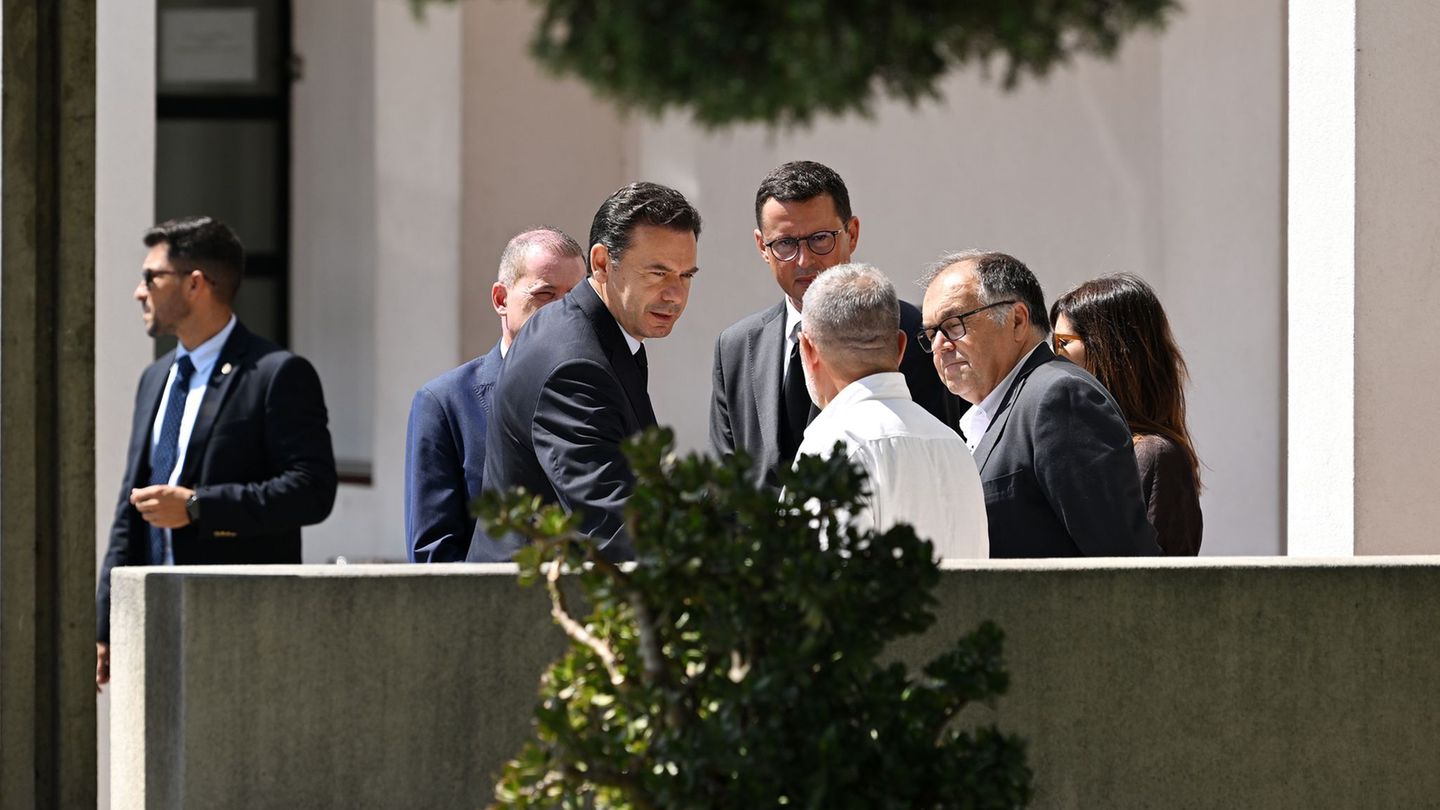The fiscal adjustment in the first four months of the year, added to the postponement of debts such as the case of Cammesa, allowed the Government to fiscal surplus and the chance to loosen the rudder of adjustment in public service rates, increases that hit the pockets of the middle class.
On Tuesday, the economy minister Luis Caputo He spoke before the businessmen and explained why he made that decision. “We are doing well fiscally and we give a break to the middle class by contributing to the disinflation process,” she stated. The numbers show that in the first quarter the public sector achieved a financial surplus of 1.1 trillion pesos. That figure rises to 4.1 trillion when looking at the primary result, that is, if the debt interest payment is removed.
Rate subsidies.jpg
The numbers show that in the first quarter the public sector achieved a financial surplus of 1.1 trillion pesos.
At the same time, the Government accumulates, thanks to successful debt tenders, a cushion of pesos of 11 billion that the Treasury accumulates in a current account at the Central Bank. The idea is that the Treasury has enough liquidity to be able to meet debt maturities without any problem and, if necessary, to be able to “dip into” that amount.
This cushion of extra pesos will also serve to be able to face the energy subsidies that will prevent the middle class from paying again at least this month. According to market estimates, the Government should disburse between 800 and 1,000 million additional dollars in subsidies transferred to stop rate increases.
An average household in AMBA spends $118,825 to pay for electricity, water, gas and transportation
In May a AMBA average household Without subsidies, it allocates $118,825 to cover public services, which represents an increase of 15.6% compared to April. The increase in spending is mainly explained by higher consumption of natural gas and electricity as the winter seasonal peak approaches.
In this way, in May the AMBA public services basket represents the 14% of the average recorded salary for the month. The most important weight within services is occupied by transportation spending (34%), according to a report from the IIEP (UBA-CONICET).
Even so, the tariff coverage, estimated as The weighted average cost of public services in the AMBA, charged to the user, is 37%. in May.
That is, the provision of public services in the AMBA for high, medium and low income households pays rates that on averageor they only cover 37% of the costs, while the State takes charge of the remaining 63%. It should be noted that this coverage is uneven between homes and between services.
In this sense, coverage in the case of water is 94%, 24% in transportation, 27% in natural gas service and 24% in electricity. Within these last two, users cover 51% and 65% of the costs, respectively.
Meanwhile, the cost of the total basket of services increased 295% compared to December 2023 from the Updates on transportation rates (January and February), electricity (February), water and natural gas (April). It should be noted that the consumption of natural gas and electric energy is adjusted for seasonality of consumption.
By service, the report indicated that The most important increase was for natural gas with an increase of 893% compared to December 2023 and is explained both by the increase in rates in April and by a more intensive use in the month of May compared to December. In turn, spending on transportation increased 410%, on water 209% and on electricity 124%.
Public services: how much rates increased
On the other hand, the Government decided to postpone the removal of subsidies to avoid a new acceleration of inflation and the Minister of Economy, Luis Caputoanalyzes maintaining without increases in electricity and gas rates. For the moment, the main economic subsidies to the Water, Energy and Transportation sectors had a accumulated annual growth of 133.4% compared to the same period of the previous year. However, the real variation shows a reduction of 40.8% annually.
In detail, in the first quarter, Energy subsidies, which represent 76% of total subsidies, They increased 138% in nominal annual terms, while they decreased 40.7% in real terms. In the case of Transportation, the decrease was 39% and in Water, 99.7%.
Meanwhile, in the accumulated period up to April, subsidies represented 11.4% of primary expenses, 0.9 percentage points less than in the same period of 2023 and slightly above the average annual weight between 2018 and 2023 (11.3 %).
To currency of April 2024 Real subsidies accumulate $11 billion in the last twelve months. This implies a real drop of 20% compared to the same previous period (accumulated between May 2022 and April 2023) and 40% compared to the peak observed in June 2022.
It should be noted that in the first quarter of 2024 the subsidies were given in conjunction with primary surpluswhile in the same period of 2023 it represented 85% of the deficit.
Source: Ambito




